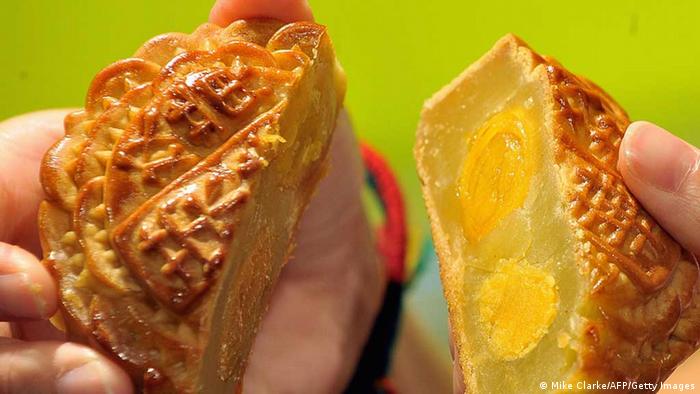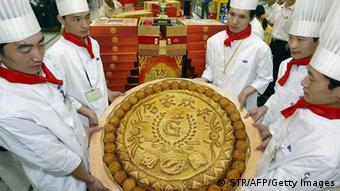Will Americans eat fast-food Vietnamese? Pizza Hut's parent company is about to find out with two new restaurants in Texas
| Bánh mì | |
|---|---|

Bánh mì
| |
| Alternative names | Vietnamese bread |
| Type | bread |
| Place of origin | Vietnam / French Indochina |
Bánh mì (/ˈbæn ˌmiː/; Vietnamese pronunciation: [ɓǎɲ mî]) is a Vietnamese term for all kinds ofbread. The word is derived from bánh and mì (wheat). Bread, or more specifically thebaguette, was introduced by the French during its colonial period.[1] The bread most commonly found in Vietnam is a single serving baguette, therefore the term bánh mì is synonymous with this type of bread. The bánh mì is usually more airy than its Western counterpart, with a thinner crust. It is sometimes metonymous with a food item known as a "Vietnamese sandwich" (or, in parts of the United States, as a "Vietnamese Po-boy"[2]), for which the bánh mì serves as the bread wrapper.
History[edit]
In the western hemisphere, especially in areas with substantial Vietnamese expatriate communities, the term is used to refer to a type of meat-filled sandwich on bánh mì bread, found in Vietnamese bakeries. Typical fillings include steamed, pan-roasted or oven-roasted seasoned pork belly, Vietnamese sausage, grilled pork, grilled pork patties, spreadable pork liver pâté, pork floss, grilled chicken, chicken floss, canned sardines in tomato sauce, soft pork meatballs in tomato sauce, head cheese, fried eggs, and tofu. Accompanying vegetables typically include fresh cucumber slices, cilantro (leaves of the coriander plant) and pickled carrots anddaikon in shredded form. Common condiments include spicy chili sauce, sliced chilis, mayonnaise, and cheese.[1]
In the Vietnamese language these sandwiches would be referred to as e.g. bánh mì xíu mại for a baguette with crushed pork meatball, bánh mì pâté chả thịt for a baguette or sandwich withpâté, Vietnamese sausage and meat, usually pork bellies, since it is the most common kind of meat. Almost all of these varieties are innovations made by or introduced in Saigon and they are known as bánh mì Sài Gòn ("Saigon-Style" banh mi); the most popular form is bánh mì thịt ("thịt" means "meat").[3][4][5] However, even in Vietnam, "a bánh mì for breakfast" implies a meat-filled sandwich for breakfast, not just bread.
Vietnamese sandwiches[edit]
The Vietnamese sandwich, sometimes called a "bánh mì" sandwich, is a product of French colonialism inIndochina, combining ingredients from the French (baguettes, pâté and mayonnaise) with native Vietnamese ingredients, such as cilantro, fish sauce, and pickled carrots.[8]
The classic version, bánh mì thịt nguội, sometimes known as bánh mì đặc biệt or "special combo", is made with various Vietnamese cold cuts, such as sliced pork or pork bellies, chả lụa(pork sausage), and head cheese, along with the liver pâté and vegetables.[9]
Some restaurants also offer bánh mì chay, a vegetarian option, made with tofu or seitan. In Vietnam, vegetarian sandwiches are rarely found on the streets. They are usually made at Buddhist temples during special religious events.
Another option is the breakfast bánh mì, with scrambled eggs served in a baguette. The version eaten more widely for breakfast in Vietnam is eggs fried sunny-side-up with onions, sprinkled with soy sauce or Maggi sauce, served on a fresh (and sometimes buttered) baguette.
An ice cream sandwich called bánh mì kẹp kem is commonly sold on the street as a snack. It consists of scoops of ice cream stuffed inside a bánh mì, topped with crushed peanuts.[10]






